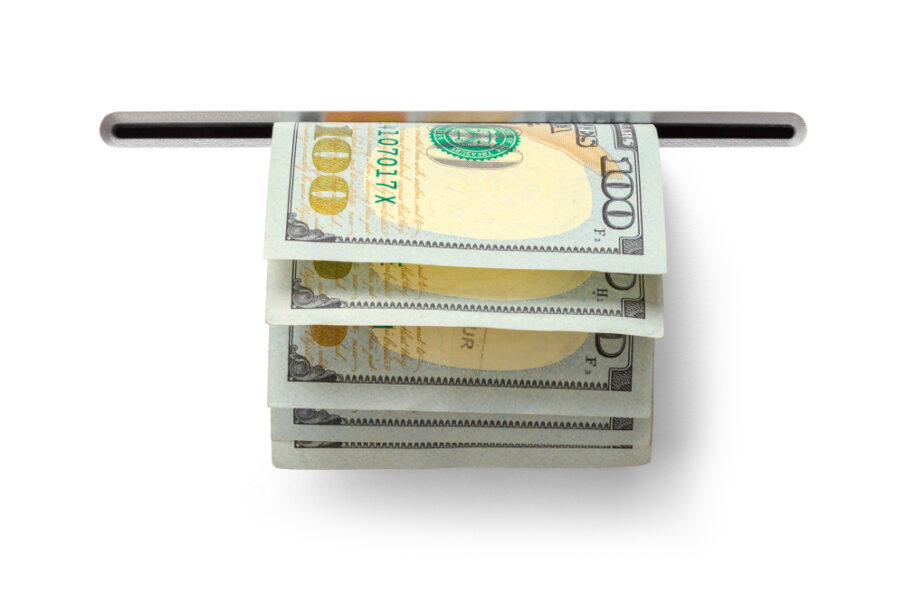Maximizing Your Retirement Withdrawals

Creating a thoughtful withdrawal strategy is a crucial part of retirement planning. The sequence in which you tap into your accounts can significantly affect your tax burden, the lifespan of your portfolio, and your ability to achieve long-term financial goals.
Taxable Accounts: Brokerage and Savings
Withdrawals from taxable accounts generally incur lower capital gains taxes instead of the higher ordinary income tax rates, making them a tax-efficient option early in retirement. Using these funds first also allows your tax-advantaged accounts to continue compounding. To further minimize taxes, consider strategically harvesting losses to offset capital gains.
Tax-Deferred Accounts: TSP, Traditional IRA, and 401(k)
Tax-deferred accounts grow without immediate tax implications, but taxes on contributions and earnings are due when you make withdrawals. Required minimum distributions (RMDs) start at age 73 (or age 75 for those born in 1960 or later), and failing to take RMDs leads to steep penalties. To maximize the growth of these accounts, delay withdrawals as long as possible while planning for the impact of RMDs later.
Tax-Free Accounts: Roth IRA and Roth 401(k)
Since Roth accounts are funded with after-tax dollars, qualified withdrawals are tax-free, making them especially valuable later in retirement. Roth IRAs also don’t have RMD requirements, allowing them to grow tax-free indefinitely. This makes them a great tool for legacy planning or covering late-life expenses. Holding off on Roth withdrawals can also serve as a hedge against potential tax increases in the future.
Social Security Benefits
The timing of your Social Security claim can greatly affect your overall retirement income. Delaying benefits until age 70 increases your monthly payments by approximately 8% for every year beyond your full retirement age. By using other accounts to fund expenses early in retirement, you can maximize your guaranteed income and reduce the risk of outliving your resources.
Coordinating Withdrawals Strategically
Balancing withdrawals across accounts can help manage taxes and cash flow. For example, you can withdraw just enough from tax-deferred accounts to stay within a favorable tax bracket. In low-income years, consider converting funds from a traditional IRA or 401(k) into a Roth IRA. This approach can reduce future RMDs and provide a source of tax-free income down the road.
Tailoring Your Plan
Your ideal withdrawal strategy depends on your specific goals, health, tax considerations, and income needs. A well-structured plan can help you minimize taxes, stretch your savings, and give you greater peace of mind. Consulting with an FRC® certified advisor can ensure your strategy is tailored to your unique circumstances.














